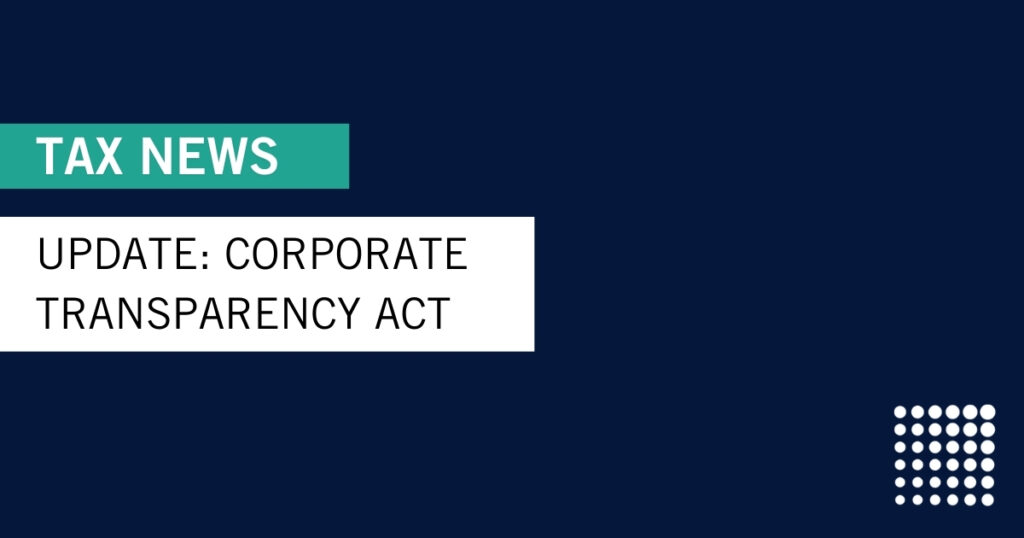January 2015
Like many small employers, you may be reimbursing your employees to support the cost of their health insurance premiums. Often referred to as an Employee Payment Plan, or EPP, these payment arrangements are popular among small employers because they help mitigate some of the costs and plan administration burdens associated with offering employees group health benefits.
Typically, in an EPP, the employer will encourage or require participating employees to submit the amount paid for their insurance premium to the employer for reimbursement. In some cases, the employer will pay the premium directly. Either way, the reimbursements have been tax-free income to the employee as long as the employer made the reimbursement under a Code Section 105 medical reimbursement plan, and it could be substantiated that the employer covered premium costs. Moreover, for many small employers, it was widely understood that reimbursing employee premiums after-tax wouldn’t necessitate a Section 105 medical reimbursement plan in the first place.
This is where things get interesting.
This past November, the Department of Labor (DOL), posted a FAQ clarifying the ACA’s market reform provisions impacting EPPs. Here’s the net of it: EPPs are considered group health plans, however, market reform establishes that “plans” can’t limit any individual’s annual benefits, and plans must also provide certain preventative services without cost-sharing requirements. And since EPPs can’t be integrated with individual market policies to meet these market reform requirements they are in violation and subject to penalties.
Consider sitting down at this point.
As of January 1, 2014, if you’re an employer offering an EPP, under IRC Section 4980D, you can be hit with penalties to the tune of a $100 per day, per employee. If you’re doing the math, let us help – that’s $36,500 per employee. And yes, barring IRS leniency, it can be applied beginning January 1, 2014.
The impact also extends to Partnerships and S Corporations’ EPPs for shareholders, however, there are numerous considerations as it relates to these structures, so it’s best to work closely with your planner to get a full understanding of what your options are, or risk being hit with that ugly $36,500 annual penalty as well.
If you feel you may be at risk, consider these options:
- Re-characterize any tax-free reimbursements. If possible, you’ll want to quickly readdress 2014 W-2 forms making reimbursements or payments of employee premiums taxable income.
- Do away with any insurance reimbursement plans. Although, still technically allowed, EPPs are no longer a tax-free option.
- Increase employees’ taxable wage. Although you won’t be able to require that the additional pay be used for an individual policy – it’s the employee’s choice on how to spend the money – you can claim a deduction for the wages paid. For the employee, the income is taxable, but the premiums can be claimed as an itemized deduction.
- Offer a tax-free fringe benefit. Albeit burdensome, by shopping the market for an affordable ACA-approved group health plan in which your employees can participate, you can avoid all penalties.
- Pray for mercy. After all, the DOL did not issue the clarification until November 2014. Your swift action to comply could be taken into consideration if ever addressed by the IRS. And, of course, consulting your financial or tax advisor before taking any action is always a good idea.














